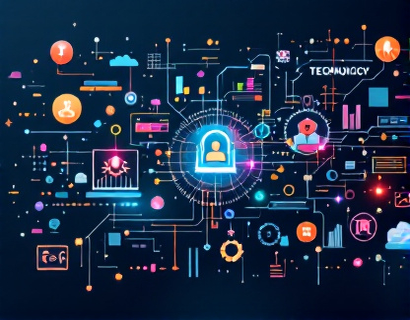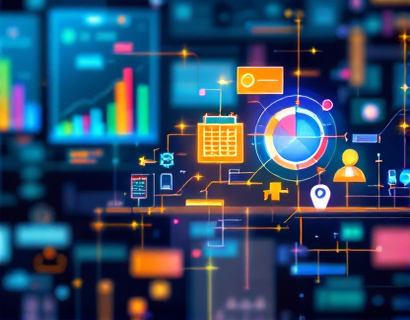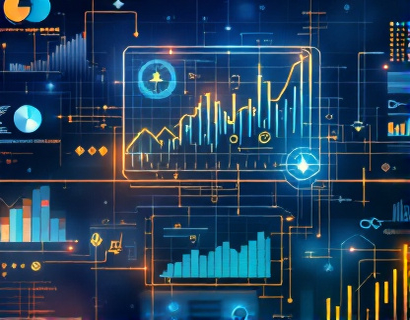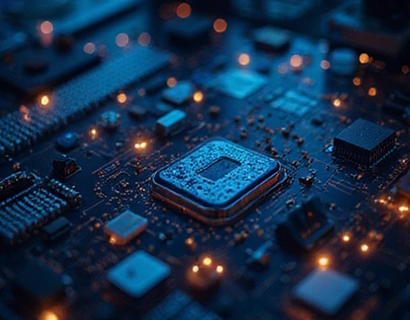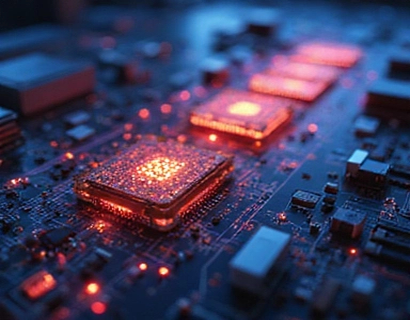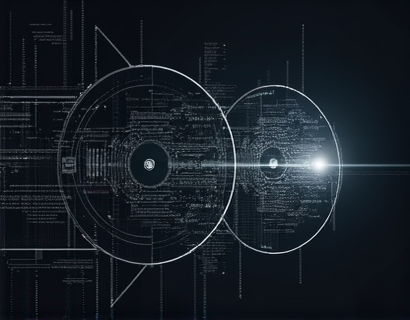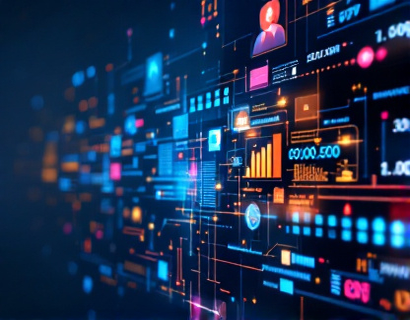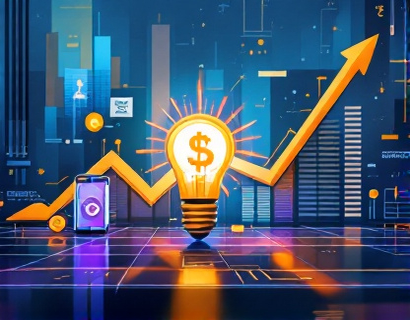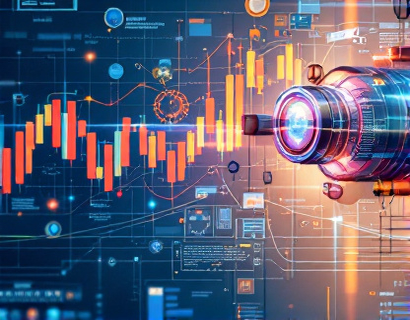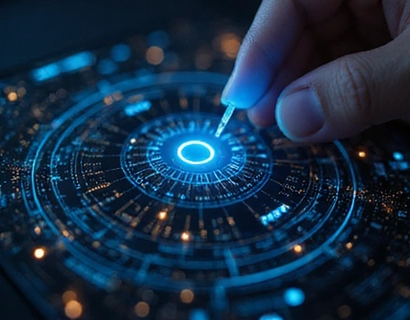Decentralized Frontiers: Harnessing Crypto and AI for Next-Gen Digital Transformation
The intersection of cryptocurrency and artificial intelligence (AI) is giving birth to a new era of digital transformation. This convergence is not just a technological curiosity but a powerful force reshaping how we interact with digital services and applications. The emergence of decentralized applications (dApps) and AI-driven services is redefining user experiences, enhancing security, and fostering unprecedented levels of engagement. This article delves into the transformative impact of these technologies, exploring their potential and the ways they are revolutionizing the digital landscape.
The foundation of this new digital frontier lies in blockchain technology, the backbone of cryptocurrency. Blockchain's decentralized and transparent nature provides a robust framework for building trustless systems where intermediaries are minimized or eliminated. This shift is crucial for creating more resilient and user-centric digital environments. When combined with AI, which excels in processing vast amounts of data and making intelligent decisions, the potential for innovation becomes immense.
Decentralized Applications: The New Frontier
Decentralized applications, or dApps, are software applications that run on a blockchain or a decentralized network. Unlike traditional applications hosted on centralized servers, dApps are distributed across a network of computers, making them more secure and less vulnerable to censorship or downtime. The integration of AI into dApps further enhances their capabilities, enabling them to offer smarter, more adaptive, and personalized user experiences.
One of the key advantages of dApps is their ability to operate without a central authority. This decentralization ensures that no single entity has control over the application, reducing the risk of data breaches and enhancing user privacy. For instance, decentralized finance (DeFi) platforms leverage AI to provide financial services such as lending, borrowing, and trading without traditional financial intermediaries. These platforms use smart contracts to automate and enforce agreements, ensuring transparency and reducing the potential for fraud.
Another area where dApps are making waves is in the realm of gaming. Decentralized gaming platforms allow players to own their in-game assets as non-fungible tokens (NFTs), which can be bought, sold, and traded. AI can enhance these platforms by creating more realistic and dynamic game environments, personalized gameplay experiences, and intelligent non-playable characters (NPCs). This fusion of blockchain and AI not only elevates the gaming experience but also opens new revenue streams for developers and players alike.
AI-Driven Services: Enhancing User Engagement
AI-driven services are transforming the way users interact with digital platforms. By leveraging machine learning algorithms, these services can analyze user behavior, preferences, and patterns to deliver highly personalized content and recommendations. In the context of decentralized platforms, AI can optimize user experiences by dynamically adjusting the interface, suggesting relevant dApps, and ensuring seamless interactions.
For example, AI-powered chatbots on decentralized marketplaces can assist users in finding products, answering queries, and facilitating transactions. These chatbots can operate 24/7, providing instant and accurate support without the need for human intervention. Moreover, AI can enhance security measures by detecting and mitigating potential threats in real-time, ensuring a safer environment for users.
Content creation is another domain where AI is making significant strides. AI algorithms can generate high-quality content, from articles and social media posts to music and art. On decentralized platforms, creators can use AI tools to produce unique and engaging content, which can then be monetized through token-based models. This not only democratizes content creation but also ensures that creators receive fair compensation for their work.
Enhancing Security and Privacy
Security and privacy are paramount in the digital age, and the combination of blockchain and AI offers robust solutions. Blockchain's immutable ledger ensures that once data is recorded, it cannot be altered or deleted, providing a high level of data integrity. AI, on the other hand, can enhance security by identifying and responding to threats more efficiently than traditional methods.
For instance, AI can be used to monitor network activity and detect anomalies that may indicate a security breach. Machine learning models can analyze patterns and behaviors to predict and prevent potential attacks, such as DDoS attacks or phishing attempts. Additionally, AI can help in managing and securing user identities through decentralized identity solutions, giving users control over their personal data and ensuring that it is used only with their consent.
Privacy-preserving techniques like zero-knowledge proofs, combined with AI, allow users to verify transactions or statements without revealing sensitive information. This ensures that users can interact securely and privately on decentralized platforms, building trust and encouraging broader adoption.
Use Cases and Real-World Applications
The potential applications of decentralized technologies powered by AI are vast and varied. In the healthcare sector, decentralized health records managed on a blockchain can be enhanced with AI to provide predictive analytics and personalized treatment plans. AI can analyze medical data from multiple sources, identify patterns, and offer insights that can improve patient outcomes.
In the supply chain industry, decentralized tracking systems can ensure transparency and traceability. AI can optimize logistics, predict demand, and manage inventory more efficiently. Smart contracts can automate payments and ensure compliance with contractual obligations, reducing delays and disputes.
In the realm of education, decentralized platforms can offer secure and verifiable credentials, while AI can personalize learning experiences based on individual student needs. This combination can make education more accessible, efficient, and tailored to each learner's unique requirements.
Challenges and Considerations
Despite the immense potential, the integration of blockchain and AI is not without challenges. One of the primary concerns is scalability. Blockchain networks, especially those using proof-of-work consensus mechanisms, can struggle with high transaction volumes and slow processing times. However, the development of more efficient consensus algorithms and layer 2 solutions is addressing these issues.
Another challenge is the regulatory landscape. As decentralized technologies evolve, governments and regulatory bodies are beginning to take notice, leading to varying degrees of scrutiny and regulation. Staying compliant while maintaining the decentralized ethos is a delicate balance that platforms must navigate.
Interoperability is also a significant consideration. For decentralized applications to thrive, different blockchain networks and AI systems need to work seamlessly together. Efforts to standardize protocols and create bridges between platforms are crucial for fostering a cohesive ecosystem.
The Future of Digital Transformation
The convergence of cryptocurrency and AI is poised to drive significant advancements in digital transformation. As these technologies continue to mature, we can expect to see more innovative applications and services that enhance user experiences, ensure security, and foster decentralization. The future holds the promise of a more inclusive, transparent, and efficient digital world, where users have greater control over their data and interactions.
For tech enthusiasts, early adopters, and digital innovators, the journey into this new frontier is both exciting and rewarding. By embracing the potential of decentralized applications and AI-driven services, we can unlock new possibilities and shape the future of digital innovation. The path ahead is uncertain, but one thing is clear: the next generation of digital transformation is here, and it is powered by the synergy of blockchain and artificial intelligence.








